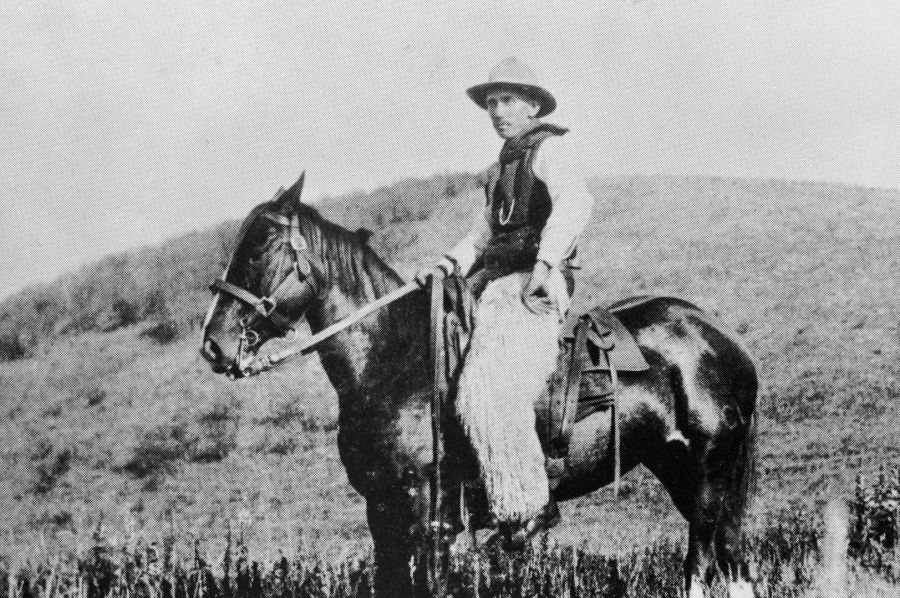Alberta's Irish Ranching and Farming Legends
- Ireland Alberta Trade Association

- Oct 4, 2023
- 3 min read
Updated: Oct 12, 2023

Ranching and Farming
Ranching and farming significantly developed Alberta's economy and the shaping of its cultural identity. Immigration promotion literature described the prairies as “homes for millions,” and often specifically appealed to Irish emigrants. The grasslands of Alberta certainly offered great potential for the establishment of large-scale cattle ranches, and homesteaders also established farms in territories newly-opened to settlement by the Dominion Lands Act of 1872. The Anglo-Irish communities in Southwestern Alberta are most well-known, but Irish emigrants also established themselves in the Peace River and other regions of northern Alberta, and the St. Bride colony attracted Irish Catholics to the region near St. Paul in Central Alberta.
The completion of the Canadian Pacific Railway in the 1880s had a transformative effect on the Alberta economy. It delivered new settlers to Alberta and sent their produce and livestock back to eastern markets, as long-distance cattle drives were replaced by cattle cars. Even this revolutionary new system of transportation was shaped by Irish hands. The rancher and entrepreneur Patrick Burns, walked 100 miles to take up a homestead in western Manitoba, and he worked as a blaster on the railway crews to support himself. Later, he was the first retailer to ship fresh meat east on refrigerated railway cars. Many other Irish settlers also worked on the railway as a first step to establishing themselves.
Seamus Heaney wrote that the Irish “have no prairies” to inspire them, and the plains and mountains of Alberta may have appeared alien to newcomers. But in spite of the vast differences between snug Irish valleys and wide-open Canadian plains, many Irish felt at home. For one thing, the rural culture was similar: on her way to nursing school in Victoria, the Antrim-born Jane Megarry saw people drinking buttermilk in Alberta, which immediately cured her homesickness. Another Antrim woman, Agnes Skrine (better known in Ireland as the author “Moira O’Neill) was one of the many upper-class Irish immigrants who took up ranching in southern Alberta. The riding and hunting culture of the Anglo-Irish easily transferred to Alberta ranches, and she was happy to leave rigid upper-class conventions behind.
Irish women immigrants also brought skills that supported the ranch economy (cooking, gardening, caregiving). While such homemaking often leaves no monument, the Irish-born Sarah Mary Blake left many evocative watercolours of her new home’s fields and skies, painted after she joined her rancher brother in Alberta.
From its beginnings, these emigrants gave the commercial and civic culture of Alberta a distinctly Irish stamp. While Irish homesteaders, farmers, and ranchers created houses, businesses, and infrastructure (much of which still exists today), they also contributed to civic and community spirit. Samuel Livingston and John Glenn, the first “official” settlers of Calgary, were Irish: the Alberta Setters’ Rights Association was founded after a meeting in Glenn’s home. They and other Irish emigrants founded or participated in many societies and associations that promoted Alberta business and community engagement. The most well known, of course, is the Calgary Stampede, but Irish Canadians helped establish the Calgary Industrial and Agricultural Board, the Western Stock Growers Association, the Millarville Races, Central Alberta Stock Growers’ Association, the Alberta Farmers’ Association, and other institutions that helped promote agriculture, business, and tourism in Alberta.
Further Reading
“Blake, Sarah Mary” Canadian Women Artists History Initiative 2007.
Bowe, Glen, “Celts in Alberta?” Glen’s Travels, 29 October 2020.
Davin, Nicholas Flood. Homes for Millions: The Resources of the Great Canadian North West, Ottawa, 1892.
McGowan, Mark, “Overview: Irish Migration and Settlement in Canada,” Embassy of Ireland Canada 3 March 2023.
O’Neill, Moira (Agnes Higginson Skrine), A Lady’s Life on a Ranche, Blackwoods Magazine, January, 1898, pp.1-16.
“Pioneer Profiles,” Southwestern Pioneer Families and their Ancestors
“St. Brides, Alberta,” Wikipedia, 27 January 2023


Comments